(36 products available)
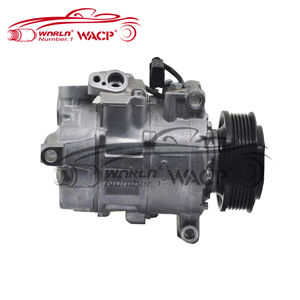


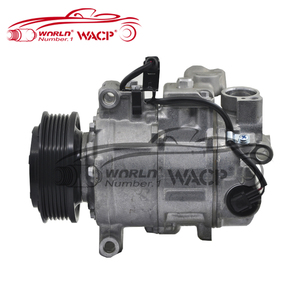



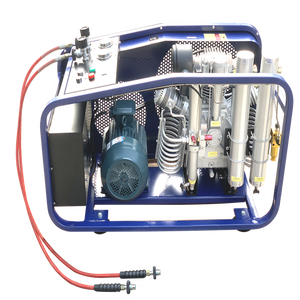

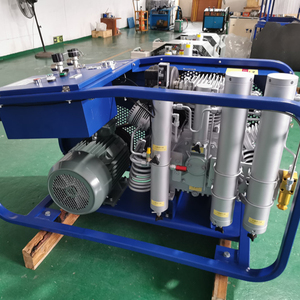



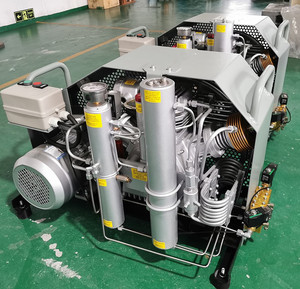
























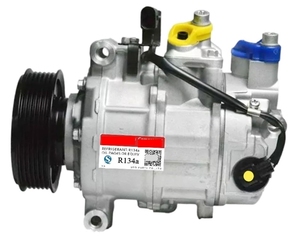



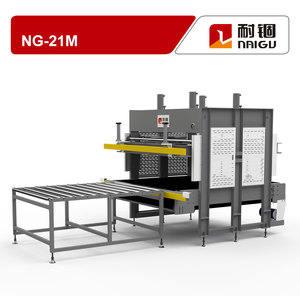








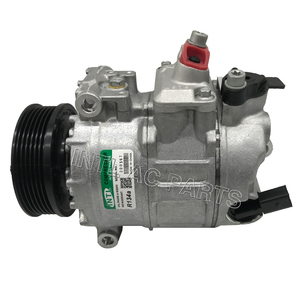










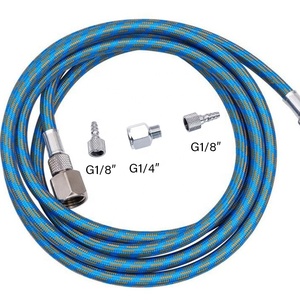




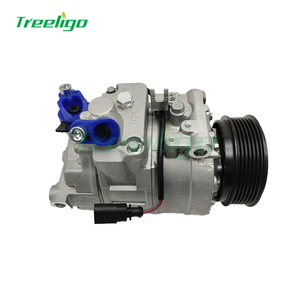
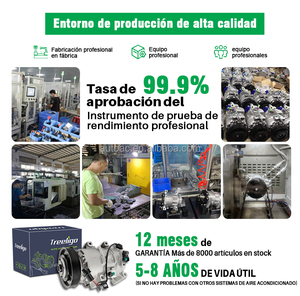


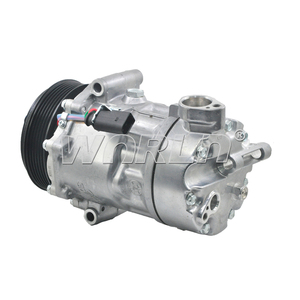
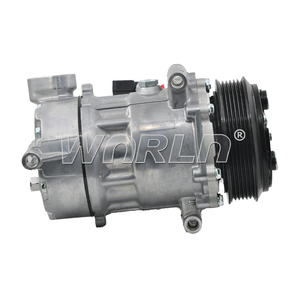




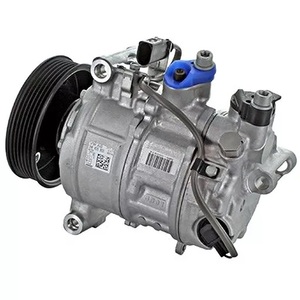


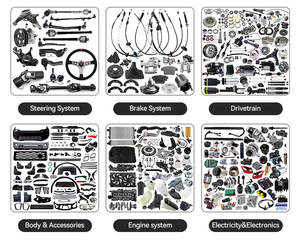









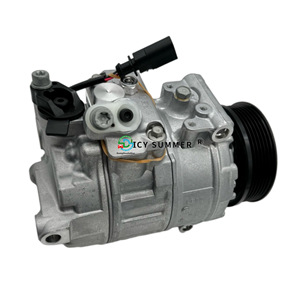





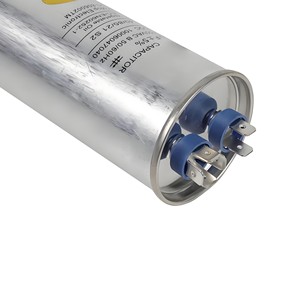














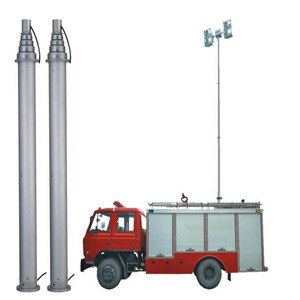





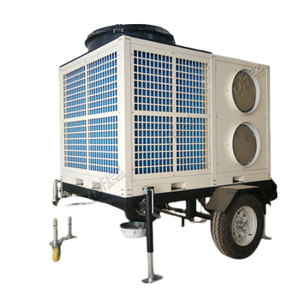




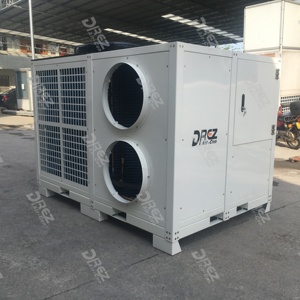














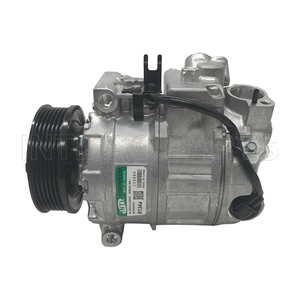
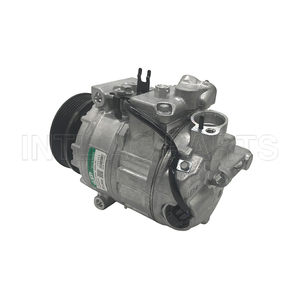
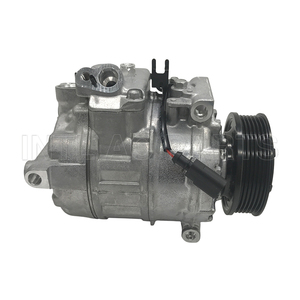








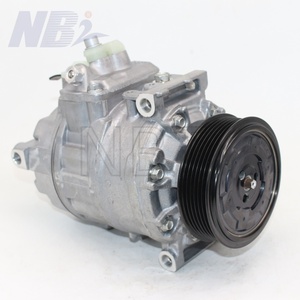
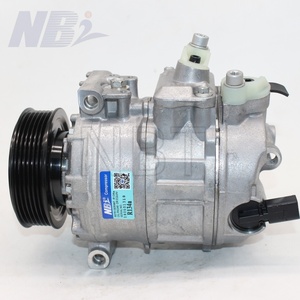



























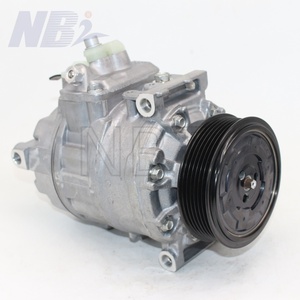




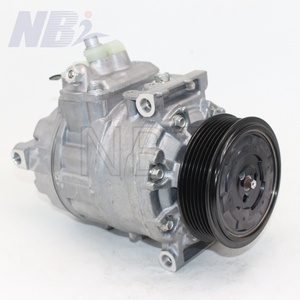


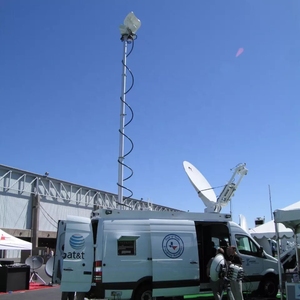



A military air compressor is a portable device that makes high volumes of air by reducing its volume. It is an essential piece of equipment in the military used to power various tools and equipment, inflate tires and fuel tanks, aviation jets and rockets, and apply air pressure to specialty guns and spray painting equipment. There are two main types of military air compressors:
Reciprocating Compressors
The piston-driven compressor is more commonly known as the military or piston-type air compressor. This type of military air compressor uses pistons driven by crankshafts to increase air pressure. During the air intake stage, the air is drawn into the cylinder as the piston moves downwards. The air is then compressed when the piston moves up. The compressed air can be used to power various tools or inflated objects. Piston-driven compressors can either have one stage or two-staged compressions. Dual-stage compression results in the production of denser air. Reciprocating compressors are often used in small applications like inflating tires, but rules about their use can vary depending the on branch of the military.
Rotary Military Air Compressors
As the name suggests, rotary compressors use rotating elements to compress air. Rotary compressors have two sub-types: screw and scroll compressors. In a rotary screw compressor, air is drawn into the compressor and rotated between two screws. The space between the two screws begins to diminish as the screws rotate, therefore increasing the air pressure. This method of air compression is continuous and results in large volumes of high-pressure air. Rotary compressors are popularly used in applications that require high levels of compressed air continually. A rotary scroll compressor compresses air using two spiral-shaped elements. One spiraled element is stationary while the other rotates around it. Like the rotary screw compressor, the space between the two spirals reduces and increases air pressure. Rotary scroll compressors are better suited for tasks that require silently constant air compression. Rotary compressors are comparatively smaller than their reciprocating counterparts.
Power source:
Military air compressors can be powered by gasoline or diesel engines, electric motors, or jet engines, among others. The choice of power source depends on the operational requirements and available resources.
Type:
A military air compressor can be a reciprocating, rotary screw, centrifugal, or other type of compressor. The specific type used in military applications may vary depending on the equipment and mission requirements.
Displacement:
The displacement of a military air compressor refers to the volume of air it can compress per unit of time. This is usually measured in cubic feet per minute (CFM) or liters per minute (L/min). The displacement determines the amount of compressed air available for use in military applications.
Operating pressure:
Military air compressors are designed to operate at specific pressures, which can range from low to high pressures depending on the mission requirements. Low-pressure compressors may operate at 30-50 psi, while high-pressure compressors can exceed 150 psi or more.
Portability:
Military air compressors are often required to be portable so that they can be easily transported to different locations as needed. This means that the compressors may need to be equipped with handles, wheels, or other devices to facilitate their transport.
Routine inspections:
Conduct regular inspections and check for signs of wear, leakage, or looseness. Pay attention to observe whether the appearance is clean and whether the air inlet is blocked. Check whether the fasteners are loose and whether the connecting hoses and pipelines leak. Regular inspections can find potential problems in time and take corrective measures to avoid accidents.
Lubrication system:
Military air compressors usually have lubrication systems. According to the maintenance manual, regularly check the oil level and oil quality, and replenish or replace the lubricating oil as required. Ensure good lubricating oil flow and lubrication to reduce friction and wear of components.
Air filters:
The task environment of military air compressors is usually more complex and harsh, and the air is easily mixed with dust and impurities. Therefore, it is necessary to ensure that the air filter is unblocked and working properly. Regularly check and clean or replace the air filter to ensure the adequate quality of the compressed air.
Cooling system:
Some military air compressors are equipped with cooling systems to regulate temperature during operation. Regularly check the radiator and cooling fan to ensure they are not clogged or blocked. Ensure the normal operation of the cooling system to prevent overheating and damage to the compressor.
Follow the maintenance manual:
Each model of the military air compressor has a corresponding maintenance manual. Operating and maintaining according to the manual helps ensure proper maintenance and extend the service life of the compressor. The maintenance manual provides specific maintenance suggestions, including routine maintenance, inspections, repairs, etc.
The military air compressor is essential to different branches and operations of the military. Here are some common scenarios such machines are used.
Weapon maintenance and repair
Firearms are usually powerful and reliable weapon for the military. However, they are often raw and exposed to different environmental elements, which can affect their performance. Thus, proper and regular maintenance is needed for the military weapons, including rifles, handguns, artillery, and firearms.
A military air compressor can maintain and repair firearms. It can provide the precise and delicate task needed for the maintenance of firearms. Compressed air can be used to clean the parts and remove debris, dust, and fouling. This cleaning method can enhance the operation of the weapon. Military air compressors can also perform painting operations and the coating of firearms with protective layers.
Tire inflation and management
Air compression can be used to efficiently and swiftly inflate or top tires used by various military vehicles. Some military air compressors come with tire pressure monitoring systems. These systems can ensure that tires are properly maintained with the appropriate pressures. In addition, military air compressors are portable and can be moved to different locations to ensure that tire management is done with ease and efficiency, especially in remote locations.
Emergency medical assistance
Sometimes, medical emergencies can happen during military operations or training. In such a case, a miltary medical personnel may have to perform a medical procedure on a personnel or civilian that will require the use of a ventilator or artificial lungs.
Air compressors for the military are the backbone of mechanical ventilators. They serve the purpose of supplying the precise and steady amount of compressed air needed to reliably and functionally operate the ventilators. Thus, enabling injured personnel to breathe properly.
Also, during medical emergencies, a military air compressor can assist in the rapid flushing, inflating, and decontaminating of medical equipment. It can also play a part in pressure test and trauma treatment.
Assess application needs
Before purchasing a military air compressor, it's essential to assess the applicable needs. Consider factors like the purpose, necessary airflow rates and pressures, the size and weight limits, power supply availability, and noise level requirements. By clearly defining the mission, the right type and model can be selected from the various options.
Evaluate performance
When choosing a military air compressor, it's essential to consider its performance metrics. Key specifications like airflow rate measured in cubic feet per minute (CFM), operating pressure in pounds per square inch (PSI), and input power rating should all be evaluated. Different tasks require certain CFM and PSI levels. For example, higher PSI is needed for spray paints while higher CFM is required for powering tools. Ensure the selected model has sufficient ratings for intended use. Also, consider the power type - portable models use gasoline or diesel fuel while stationary ones use electricity. Choosing an appropriately powered compressor avoids failures in the field. By matching the performance characteristics to the mission requirements, the right military air pump can be selected from the available options.
Ensure rugged design
In military applications, it's crucial to choose a rugged air compressor built to withstand harsh conditions. Look for a model with durable construction and quality materials. The body should have a sturdy metal frame that can handle rough handling and extreme environments. Key components like the pump, motor, connectors, and hoses should be protected against dust, water, and debris. Sealed compartments, heavy-duty covers, and strain reliefs help prevent damage in the field. A portable design with handles or tie-downs is important for transporting to different sites. Selecting a compressor that meets these rugged standards helps ensure it performs effectively in demanding military operations.
Check serviceability
When choosing a military air compressor, be sure to consider its serviceability features. The model selected should allow for easy maintenance and repairs in the field if needed. Look for tools required for servicing.accessible components like the air pump, motor, hoses, and fittings. User manuals should provide clear guidance on maintenance procedures. Testing and servicing should also be straightforward. By ensuring that key parts are easy to reach and maintain, the compressor can remain operational despite being used in remote locations. Proper serviceability is critical for supporting long missions away from base.
Q1: What is a military air compressor used for?
A1: Military air compressors are versatile pieces of equipment that serve a multitude of functions in military operations. They are primarily used to compress and supply large volumes of air to power pneumatically operated tools and weapon systems. Such tools may include impact wrenches, nut runners, drill operators, and many more. Firearms like artillery and tanks often require air compression for their cleaning and firing purposes. Air compressors also inflate various military equipment such as aircraft tires, inflatable boats, and air drops. They further find use in conveying pressurized air to operate valves, cylinders, and other control mechanisms in pneumatic systems.
Q2: What are the methods of maintaining a military air compressor?
A2: Maintenance of a military air compressor is crucial to ensure optimal performance, reliability, and longevity. Regular inspection is a key maintenance practice that involves checking for signs of wear, leaks, or loose connections. It's important to maintain the correct operating pressure by regularly monitoring the pressure gauge and adjusting the regulator as needed. Clean or replace air filters periodically to prevent dust and debris from entering the machine. Also, inspect and maintain the hoses and fittings to ensure there are no cracks, leaks, or loose connections. If the air compressor is equipped with oil, ensure it is adequately filled and clean to avoid unnecessary friction and wear of the motor parts.
Q3: How do military air compressors work?
A3: Regardless of the various types of military air compressors, they all share a basic functional mechanism. The main component of the air compressor, the intake valve, allows ambient air to enter the machine. Once the air is inside the military air compressor, it gets compressed further into a smaller volume by the motor and pump combination through pressure and temperature increase. The high-pressure air then moves through the cooling system where it is cooled and stored into a receiver tank or storage tank from where it is released for use. The compressed air is then released through a discharge valve and utilized for various applications.